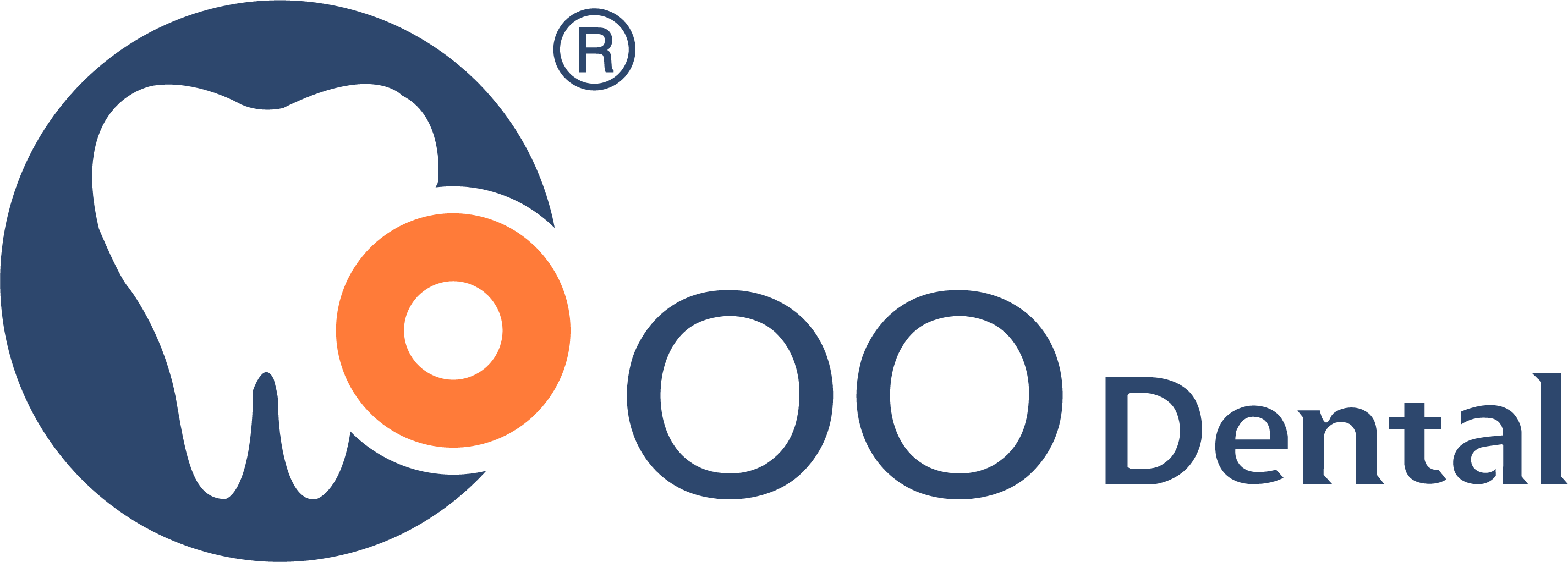Exploring the Benefits of Metal Self-Ligating Brackets in Orthodontics
Release time:
2025-10-01
In the field of orthodontics, metal self-ligating brackets have emerged as a significant advancement, transforming the way dental professionals approach tooth alignment and correction. These brackets are designed to hold the archwire in place without the need for traditional elastic or metal ligatures. This fundamental difference leads to several key benefits that can enhance both patient experien

In the field of orthodontics, metal self-ligating brackets have emerged as a significant advancement, transforming the way dental professionals approach tooth alignment and correction. These brackets are designed to hold the archwire in place without the need for traditional elastic or metal ligatures. This fundamental difference leads to several key benefits that can enhance both patient experience and treatment efficacy.
Firstly, one of the standout features of metal self-ligating brackets is their ability to reduce friction. Traditional brackets can create considerable resistance as the archwire moves through the ligatures. In contrast, self-ligating brackets utilize a sliding mechanism that allows for smoother movement, which can result in less discomfort for the patient. This reduction in friction not only enhances patient comfort but also contributes to a more efficient tooth movement process.
Furthermore, the design of metal self-ligating brackets often allows for quicker adjustments during orthodontic visits. With fewer components to manage, dental professionals can save time while providing effective care. This efficiency can lead to shorter treatment durations, which is a significant advantage for both patients and practitioners. Many patients appreciate the prospect of a reduced timeline for their orthodontic journey, making metal self-ligating brackets an appealing option.
Moreover, the aesthetic aspect, while not the primary focus of metal brackets compared to ceramic options, still plays a role in the overall treatment experience. The metallic finish of self-ligating brackets can be perceived as less conspicuous compared to traditional methods, especially for adult patients who may be concerned about the visibility of their braces.
In addition to the physical benefits, metal self-ligating brackets align with the current trends in orthodontic practice, emphasizing a more patient-centric approach. By reducing the frequency of adjustments and the overall length of treatment, practitioners can improve patient satisfaction and adherence to treatment plans. This is particularly crucial in maintaining long-term oral health and ensuring that patients achieve their desired outcomes.
In conclusion, metal self-ligating brackets represent a transformative leap in orthodontic technology. They not only simplify the treatment process for dental professionals but also enhance the experience for patients through increased comfort and reduced treatment times. As the industry continues to evolve, the integration of such innovative solutions will likely lead to even more refined approaches in orthodontic care, reinforcing the importance of staying informed about advancements in the field.
Firstly, one of the standout features of metal self-ligating brackets is their ability to reduce friction. Traditional brackets can create considerable resistance as the archwire moves through the ligatures. In contrast, self-ligating brackets utilize a sliding mechanism that allows for smoother movement, which can result in less discomfort for the patient. This reduction in friction not only enhances patient comfort but also contributes to a more efficient tooth movement process.
Furthermore, the design of metal self-ligating brackets often allows for quicker adjustments during orthodontic visits. With fewer components to manage, dental professionals can save time while providing effective care. This efficiency can lead to shorter treatment durations, which is a significant advantage for both patients and practitioners. Many patients appreciate the prospect of a reduced timeline for their orthodontic journey, making metal self-ligating brackets an appealing option.
Moreover, the aesthetic aspect, while not the primary focus of metal brackets compared to ceramic options, still plays a role in the overall treatment experience. The metallic finish of self-ligating brackets can be perceived as less conspicuous compared to traditional methods, especially for adult patients who may be concerned about the visibility of their braces.
In addition to the physical benefits, metal self-ligating brackets align with the current trends in orthodontic practice, emphasizing a more patient-centric approach. By reducing the frequency of adjustments and the overall length of treatment, practitioners can improve patient satisfaction and adherence to treatment plans. This is particularly crucial in maintaining long-term oral health and ensuring that patients achieve their desired outcomes.
In conclusion, metal self-ligating brackets represent a transformative leap in orthodontic technology. They not only simplify the treatment process for dental professionals but also enhance the experience for patients through increased comfort and reduced treatment times. As the industry continues to evolve, the integration of such innovative solutions will likely lead to even more refined approaches in orthodontic care, reinforcing the importance of staying informed about advancements in the field.
RELATED NEWS









